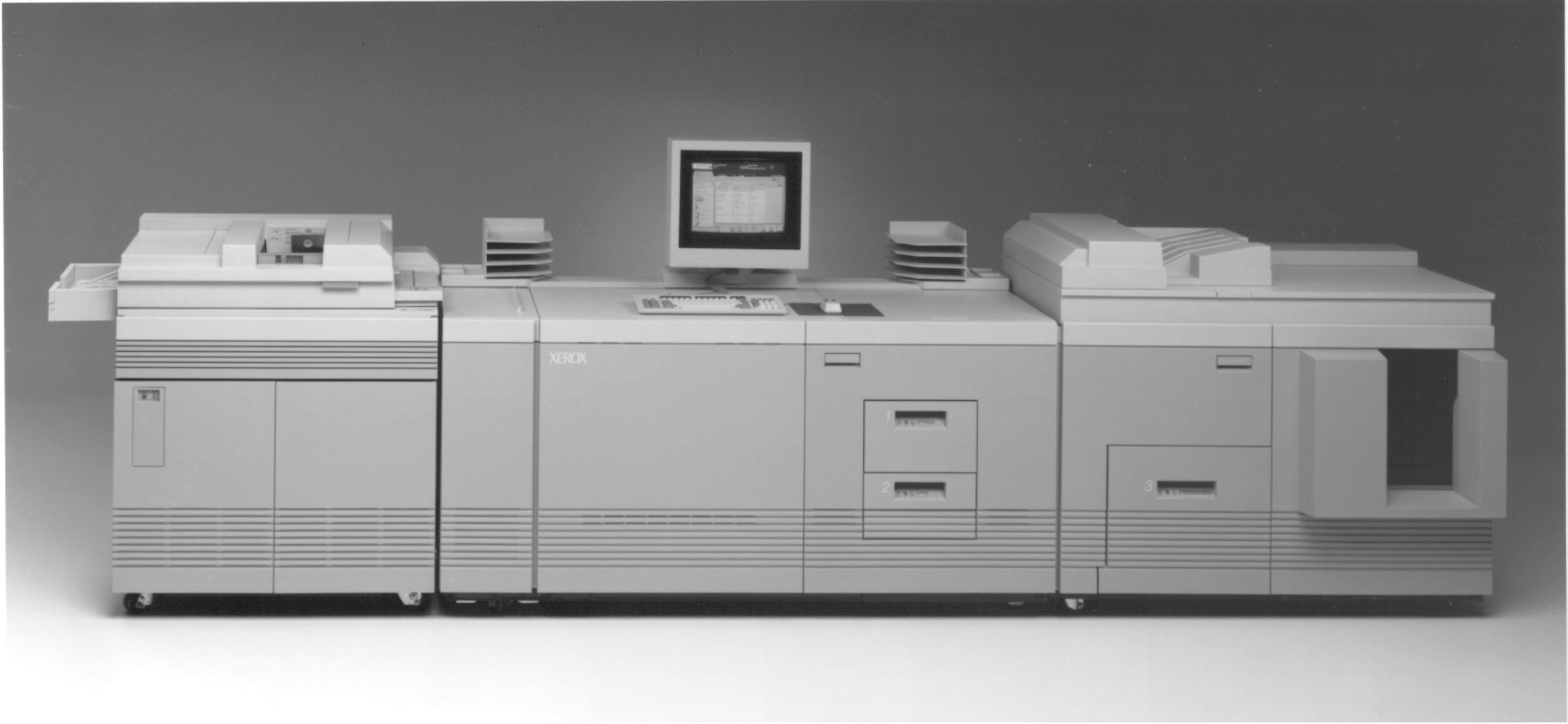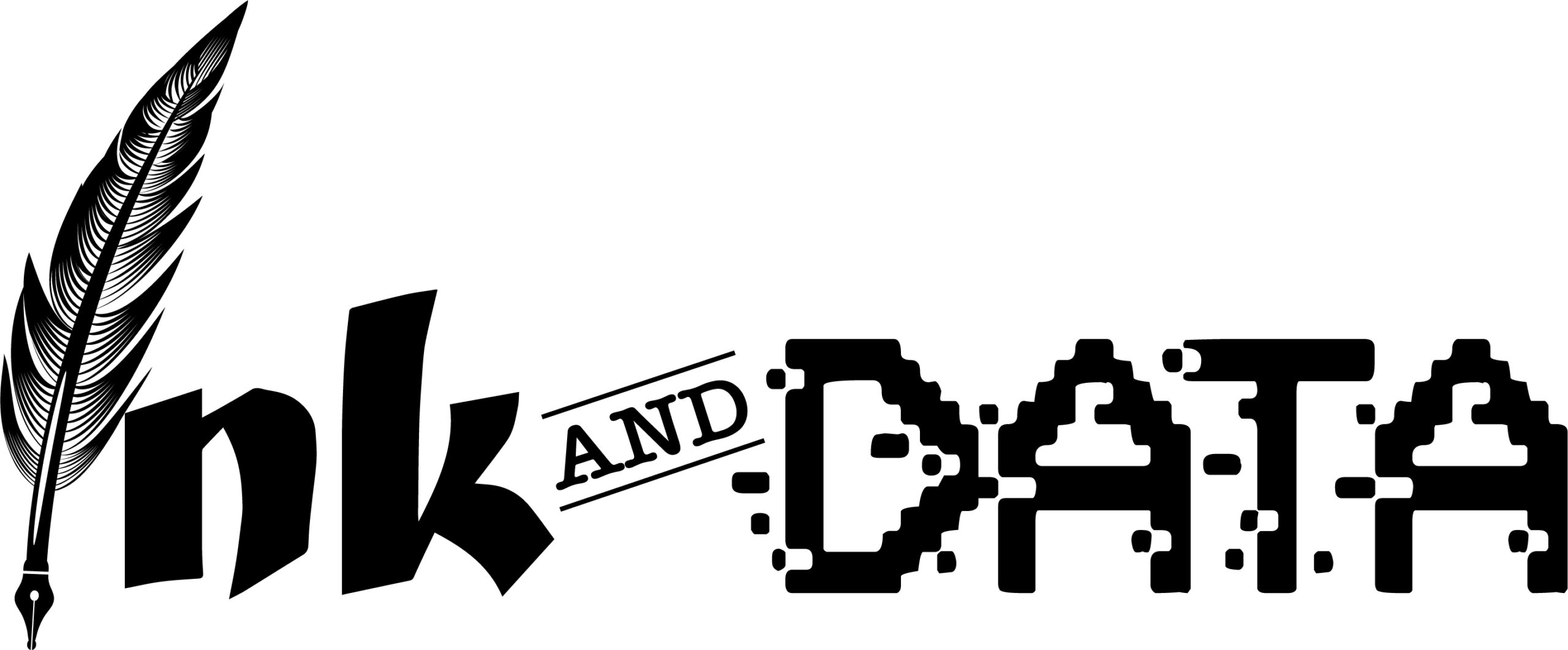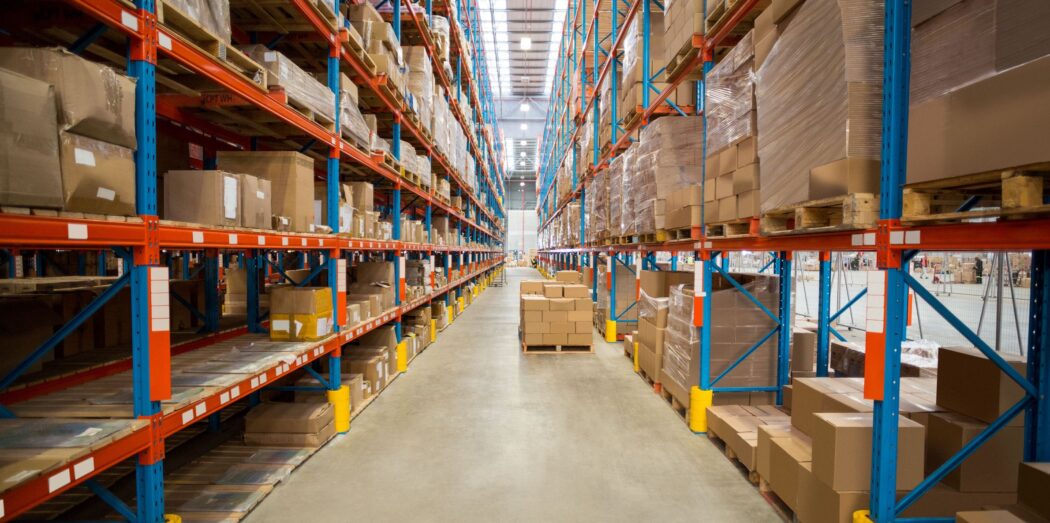In my previous post, I wrote about offset presses once being the go-to technology for printing promotional materials. Up until 1990, if you wanted high quality promotional printing in black and white or full color, you used offset press technology (mostly because there was no other meaningful alternative).
Offset Presses under pressure
As I mentioned in my previous Flashback Friday post, offset press technology uses a workflow relying on three distinct phases:
- Pre-Press: All the steps and procedures prior to the actual printing. This includes designing the page layout, creating print plates, and setting up the printer.
- Press: The actual work of putting the black and white or full color image on the preferred substrate.
- Post Press: All finishing work for the printed page: collation, binding, folding and other specialized finishing services.
Up to 1990, this workflow was still labor intensive with manual work involved in the pre-press phase. This also supported a “print and distribute” model where companies printed out many copies of a document, then distributed the output to customers. The excess was stored on shelves in case of future demand.
Yet change was coming. Companies wanted the ability to change their documents more frequently. There was also a push to reduce the number of stored documents and the waste of obsolete print inventory thrown away – so run lengths decreased.
Say hello to Print on Demand
Xerox responded and created an entirely new market: Print on Demand (POD). They combined several available key technologies to create the DocuTech 135 (DT135) production printer: high speed copier technology; graphical user interface technology from the original PARC computer operating system; and scanning technology. These were combined to create the DocuTech 135. Look at this machine and the groundbreaking features:

- Print Quality: At 600 x 600 dpi, a far higher quality than earlier production digital print technology.
- Scanning and Archiving: Scan older hardcopy documents, store them digitally and make them available to clients and employees on an as needed basis. Instant job fulfillment!
- Finishing: Built-in finishing that included booklet making, stapling and support for signature booklets.
- Network Connected: Accept digital print files in a wide variety of formats including Postscript, PCL and PDF.
Even more, the digital front end on these devices ultimately had enough power to start accepting promotional print jobs with rudimentary personalization. Not much personalization early on, but offset presses could not offer any.
Lower cost for lower run lengths
Technology like the DocuTech 135 was more cost effective on shorter run length jobs than offset presses, because they’re consistent on a per piece basis. This means the first copy costs the same as the 10th or 100th copy. Remember, offset presses had far higher pre-press costs and lower printing costs. When you printed a lot of copies, the cost per piece was low on offset presses because you could spread the pre-press cost out over a lot of copies. But this also means the cost per piece is very high on low run lengths. Look at the following graph:

This is a simple representation of the printing cost for a small black and white booklet on an offset press versus a DocuTech 135. The important information is the point where the cost per printed piece for offset (blue line) and the DT135 (orange line) cross. Any run length less than this point is cheaper to run on a DocuTech. On this graph, that’s roughly 300 copies.
I really can’t stress what a watershed moment this was in printing. Remember, the cost per piece on the DT135 is the same no matter how many copies you print. That’s why the line is perfectly horizontal. The offset press has upfront costs associated with pre-press that must be spread across all the copies. Companies figured out many of their jobs really didn’t need hundreds or thousands of copies. Many just needed 50, 100 or 250. Or maybe they only needed ONE copy. The DocuTech features truly hit the mark.
Flashforward to Color!
The DocuTech printed in black and white. If you needed full color documents, you still had to use offset. Around the year 2000, companies started launching full color digital production printers. The cost per impression on these early digital color printers was high, so they were more focused on short run jobs. Most full color work still went to offset presses.
But in the end, it didn’t matter. People realized they could now print full color booklets in short run lengths with personalization – and the same migration from offset occurred. The quality was good enough, the turnaround was fast and the cost per piece was lower than offset on short run jobs.
The printing arms race started.
The period between 1990 and 2000 truly blew up the offset printer market. This also started a multi-decade transformation that continues to this day. Offset print technology evolved to automate more of the workflow steps, to accept digital print files in pre-press, to automate the production of printer plates and more. Their goal was to lower pre-press costs as much as possible, so they were the cheaper alternative for as much printing as possible.
But Digital Print Technologies also continued to evolve, especially on the full color side. The printers became faster, higher quality and much lower to run on a per image basis. They also got a lot better at processing and printing large, personalized job files, a capability non-existent on offset presses.
Digital printers take over
And the battle continues to this day. Personalized promotional print in full color is pretty much standard now. Digital printers are far faster and more cost effective on a per piece basis. They also easily incorporate personalized data. But huge chunks of this work have migrated to email, phones, and the Internet to create the multi-channel communications we see today. That will be a topic of a future Flashback Friday post.


No Comments